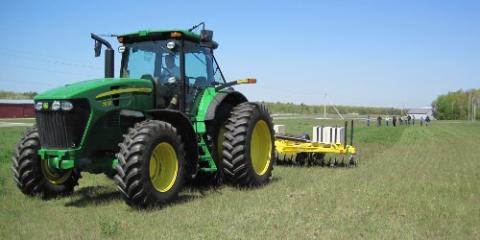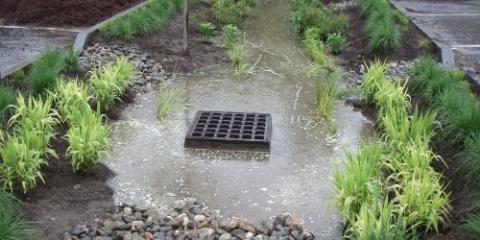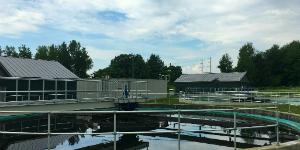
How we live on the land affects the health of our lakes, rivers, and wetlands. In Vermont, nutrient and sediment pollution is the greatest threat to clean water. We are all part of the solution – whether you are a landowner, farmer, municipal official, developer, or logger, as Vermonters, we all have a responsibility to ensure a legacy of clean water for future generations.
Pollution Sources
Sediment and nutrient pollution come from a variety of land uses, which are categorized by sector. Point source pollution comes from a single, identifiable source, such as wastewater treatment facilities. Nonpoint source pollution comes from many sources and is a result of runoff from developed and agricultural lands.
Stormwater runoff is the primary cause of nutrient and sediment pollution. Runoff is generated when rain and snowmelt flows over land and hard surfaces like parking lots, sidewalks, and roads, instead of being absorbed into the ground. It delivers sediment and excess nutrients such as phosphorus to waterways, leading to harmful algal blooms and nuisance aquatic plant growth, which limit our use and enjoyment of these waters and cause economic impacts to business and communities.
For an overview of what is being done by each sector in Vermont to reduce contributions to sediment and nutrient pollution, follow the links below.




